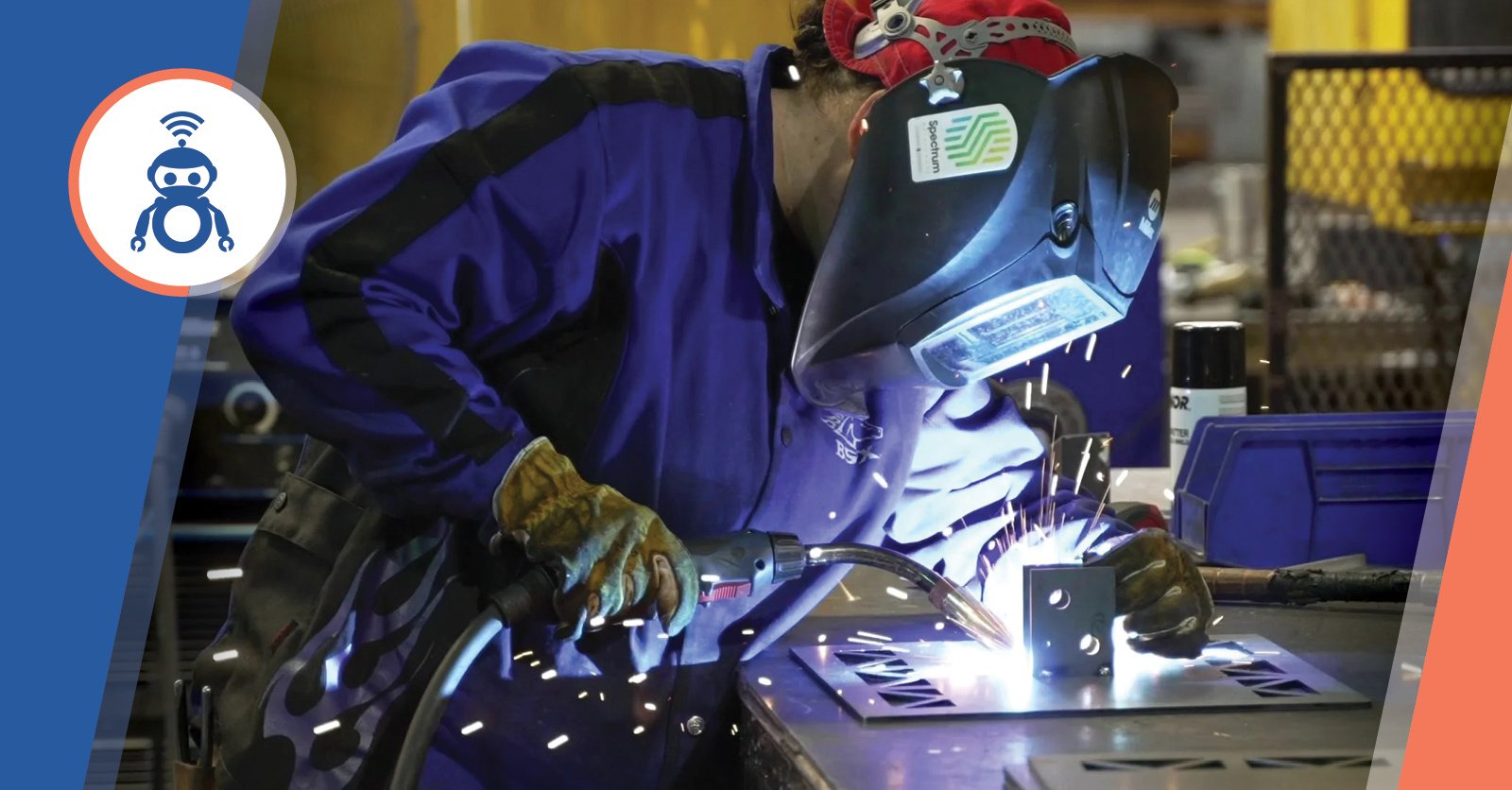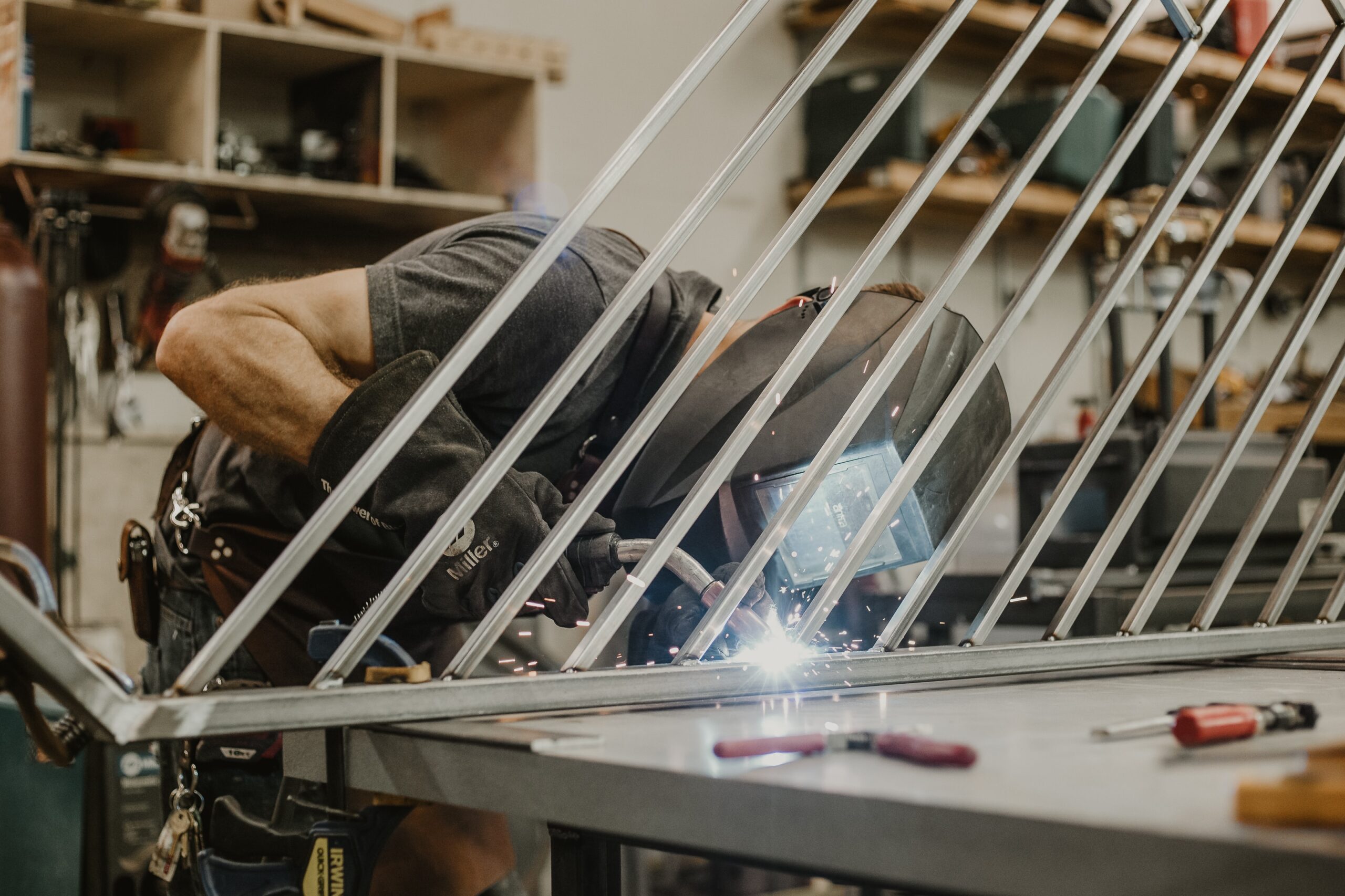Stop welding failures with these tips from Montana Mobile Welding and Repair Belgrade Fabrication
All About Welding: Key Insights Into Techniques and Best Practices for Success
Welding encompasses a variety of methods, each fit for particular products and applications. Understanding these approaches, such as GMAW, SMAW, and TIG, is necessary for accomplishing optimal outcomes. The right devices and security techniques can not be neglected. As preparation and repairing play critical functions in the welding process, mastering these aspects can substantially improve the top quality of the last item. What are the essential variables that guarantee an effective weld?
Recognizing Various Welding Strategies
Welding techniques include a variety of approaches, each matched to certain applications and products. Amongst the most common techniques are Gas Metal Arc Welding (GMAW), Shielded Metal Arc Welding (SMAW), and Tungsten Inert Gas Welding (TIG) GMAW, also called MIG welding, is popular for its speed and adaptability, making it suitable for slim materials. SMAW, or stick welding, is preferred for its simplicity and performance in outside settings, especially with thicker metals. TIG welding provides accuracy and control, making it ideal for intricate work and non-ferrous steels (Montana Mobile Welding and Repair Belgrade Welding). Each method has its special advantages and factors to consider, enabling welders to choose the very best approach based on the project's requirements, material type, and desired end results. Understanding these strategies is vital for effective welding
Vital Welding Equipment and Tools
While numerous welding techniques call for certain skills, the right tools and tools are just as important for achieving quality outcomes. Important welding devices includes welding machines, which differ relying on the method-- such as MIG, TIG, or stick welding. Protective gear, including aprons, headgears, and gloves, guarantees safety and convenience during the procedure. Additionally, fixtures and clamps assist protect materials in position, guaranteeing precision in welds. Consumables like welding poles, cable, and shielding gas are likewise critical parts that influence the quality of the weld. Tools such as cutters and grinders assist in surface prep work and post-weld ending up, adding to a professional result. Investing in high-quality devices eventually boosts the performance and effectiveness of welding jobs.
Security Practices in Welding
Appropriate safety techniques are important in the welding sector to shield workers from prospective dangers. Welders should wear proper personal protective devices (PPE), including headgears with appropriate shading, gloves, and flame-resistant clothing. Appropriate air flow is crucial to decrease direct exposure to unsafe fumes and gases produced during the welding process. Additionally, workers must be learnt the proper handling of welding devices to stop accidents. Fire safety and security procedures, such as maintaining combustible materials away from the welding location and having fire extinguishers easily offered, are needed. Normal inspections of tools and work spaces can assist identify possible dangers prior to they result in accidents. By sticking to these safety and security techniques, welders can create a safer working atmosphere and minimize risks connected with their trade.
Preparing Materials for Welding
Preparing products for welding is a crucial action that greatly affects the top quality and stability of the final item (Belgrade Fabrication). Correct preparation entails cleaning up the surface areas to eliminate impurities such as oil, dirt, and corrosion, which can jeopardize the weld. Techniques such as grinding, sanding, or making use of solvents are frequently used to accomplish a clean surface. In addition, making certain that the materials fit with each other well is important; voids can result in weak welds. It's additionally essential to take right into account the placement and positioning of the elements, as this will certainly influence the ease of welding and the final result. Selecting the proper filler material and making sure compatibility with the base steels is important for attaining strong, sturdy welds.
Tips for Achieving High-Quality Welds
Achieving premium welds requires focus to detail and adherence to best practices throughout the welding process. Correct joint prep work is vital, guaranteeing surfaces are tidy and free from pollutants. Selecting the ideal filler material and welding technique based upon the base metals is vital for excellent bonding. Preserving regular travel speed and angle while welding can avoid defects and promote harmony. Additionally, controlling warmth input is vital; extreme warm can lead to bending and compromised joints. Regularly evaluating the welds throughout the procedure permits prompt modifications if necessary. Finally, using suitable post-weld therapies, such as cleansing and tension alleviation, can boost the resilience and stability of the weld, ultimately making certain a successful result.
Troubleshooting Typical Welding Issues
Welding usually presents difficulties that can influence the quality and stability of the end product. Typical concerns such as porosity, irregular weld grains, and getting too hot can emerge, each calling for details troubleshooting techniques. Comprehending these issues is essential for welders to boost their skills and achieve suitable outcomes.
Porosity Troubles Clarified
Porosity can often be forgotten, it continues to be a crucial problem in welding that can endanger the integrity of a finished product. Porosity describes the presence of small gas pockets within the weld grain, which can deteriorate the joint and lead to premature failing. This problem typically emerges from pollutants, wetness, or incorrect securing gas protection during the welding procedure. To minimize porosity, welders must confirm that the base materials are clean and completely dry, make use of ideal securing gases, and preserve consistent welding specifications. Routinely inspecting the tools and environment can also aid recognize potential concerns before they show up in the weld. Addressing check here porosity effectively is vital for achieving strong, sturdy welds that fulfill high quality requirements.

Irregular Weld Beads
Inconsistent weld grains can significantly affect the quality and toughness of an ended up product. Various factors add to this problem, including incorrect travel speed, inaccurate amperage setups, and irregular electrode angles. When the welder relocates also promptly, a bead might appear slim and lack infiltration, while moving as well gradually can cause extreme build-up. In addition, using the incorrect amperage can lead to either damaging or too much spatter, both of which compromise weld stability. The welder's strategy, such as inconsistent torch motion, can additionally bring about irregular grain look. To reduce these troubles, welders should concentrate on preserving consistent, regulated activities and guaranteeing correct equipment setups to attain harmony in their welds. Uniformity is vital to accomplishing strong and trustworthy welds.
Overheating and Warping Issues
Excessive warm throughout the welding procedure can result in substantial getting too hot and warping concerns, affecting the structural stability of the workpiece. These issues frequently show up as distortion, which can jeopardize positioning and fit-up, making further assembly testing. Aspects contributing to overheating include the choice of welding specifications, such as voltage and take a trip speed, along with the type of product being welded. To reduce these concerns, welders need to keep consistent travel rate and suitable warmth input while checking the workpiece temperature. In addition, pre-heating or post-weld warm treatment can help ease stress and anxieties triggered by fast air conditioning - Montana Mobile Welding and Repair. Normal evaluation and adherence to ideal methods are necessary in protecting against getting too hot and guaranteeing the durability and reliability of welded frameworks
Often Asked Questions
What Are the Profession Opportunities in the Welding Sector?
The welding market uses diverse career opportunities, consisting of placements as welders, designers, instructors, and assessors. Professionals can operate in production, construction, aerospace, and automobile industries, taking advantage of solid need and affordable incomes in different functions.
How Can I Enhance My Welding Rate Without Sacrificing Top Quality?
To improve welding speed without sacrificing top quality, one ought to practice reliable methods, preserve equipment, enhance setups, and enhance hand-eye coordination. Normal training and seeking comments can also substantially add to attaining much faster, high-quality welds.
What Certifications Are Readily Available for Welders?
Many certifications exist for welders, including those from the American Welding Culture (AWS), the National Facility for Building Education And Learning and Research Study (NCCER), and various industry-specific companies. These credentials boost employability and demonstrate skill efficiency.
How Does Welding Affect the Properties of Metals?
Welding affects the homes of metals by altering their microstructure, which can cause changes in toughness, solidity, and ductility. Warm input and air conditioning prices during the procedure significantly affect these material attributes.
Can I Bonded Dissimilar Metals With Each Other?
